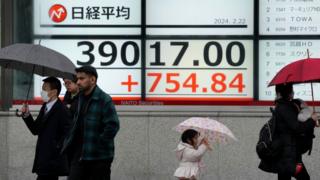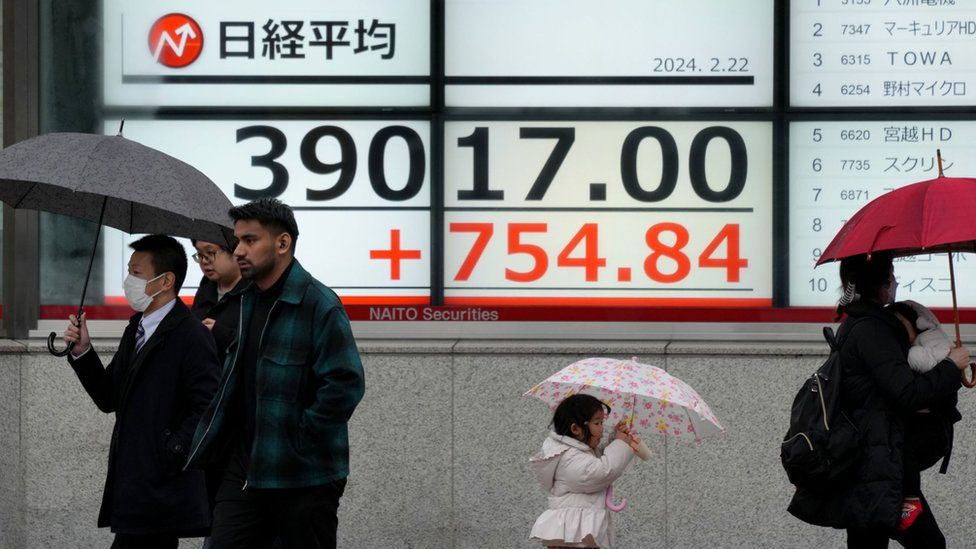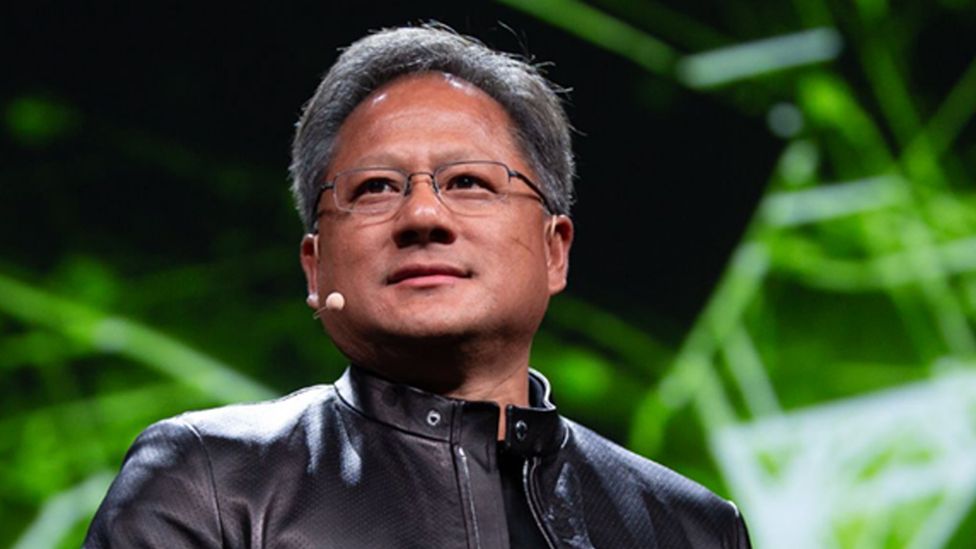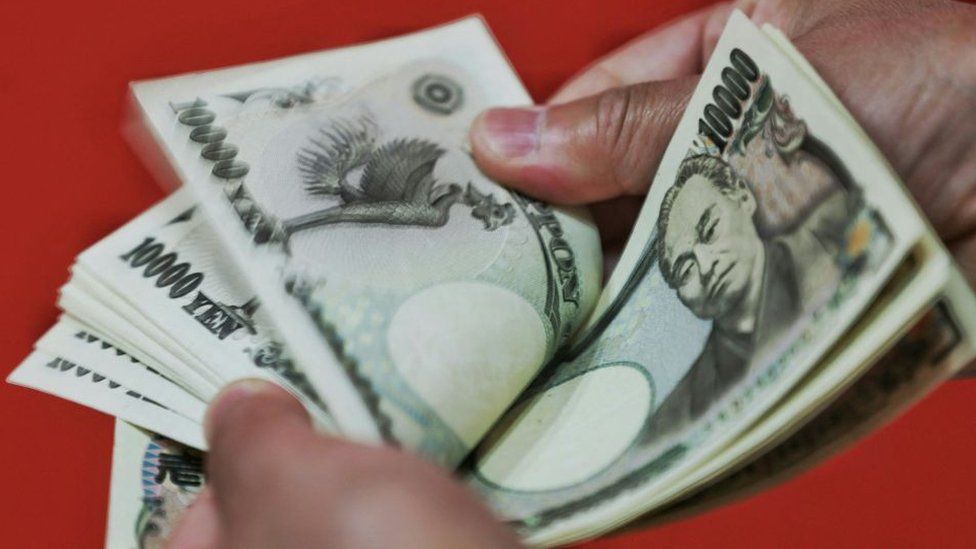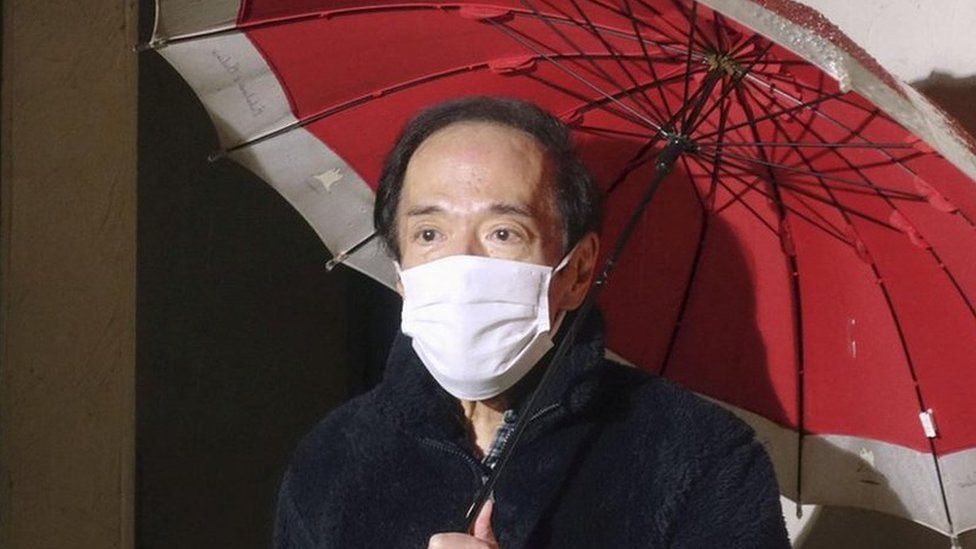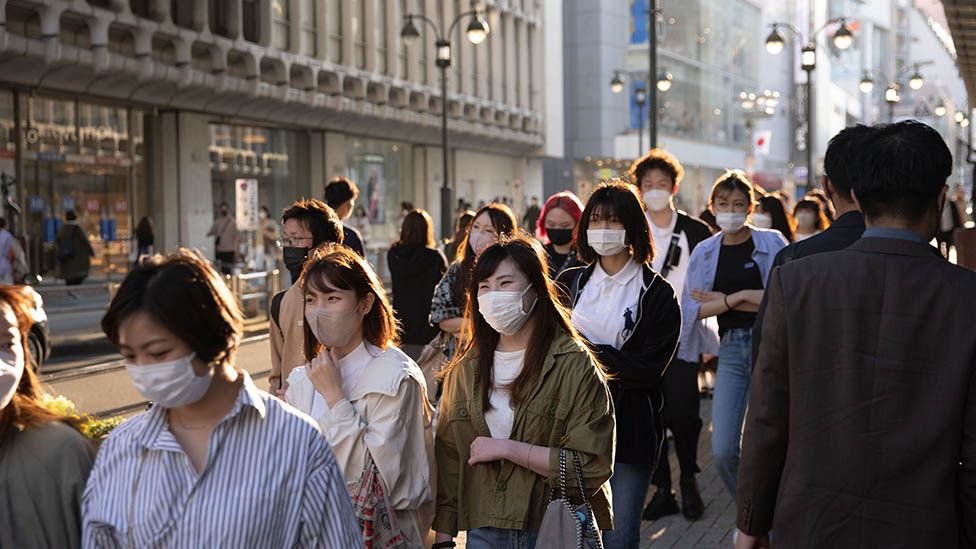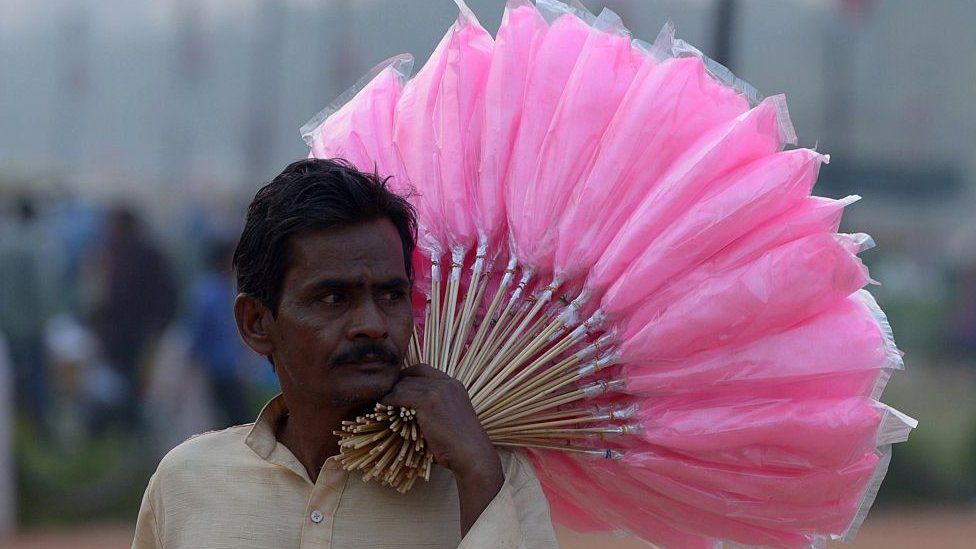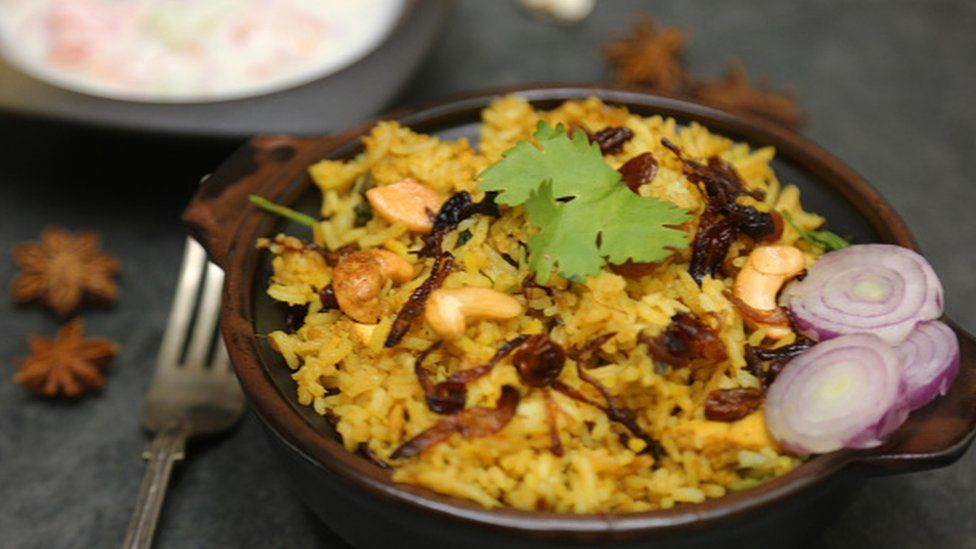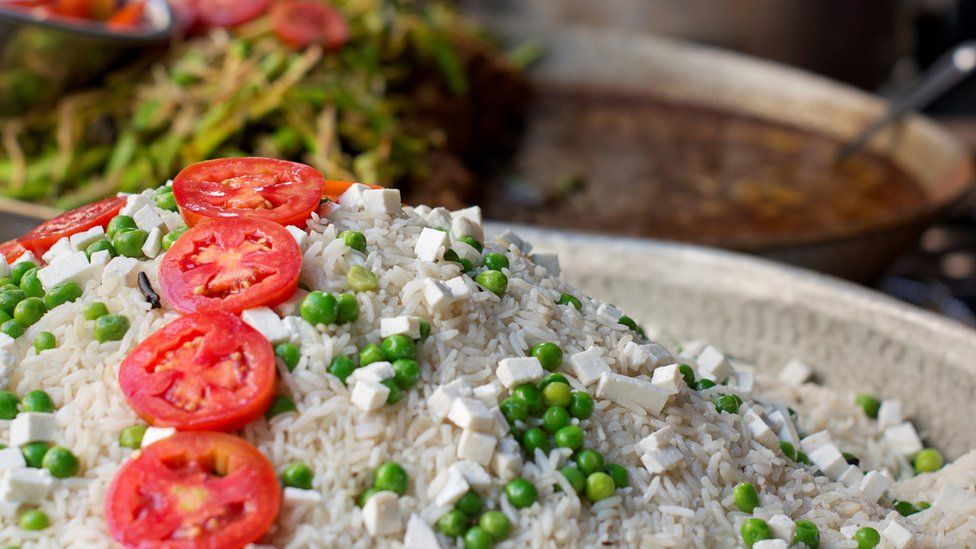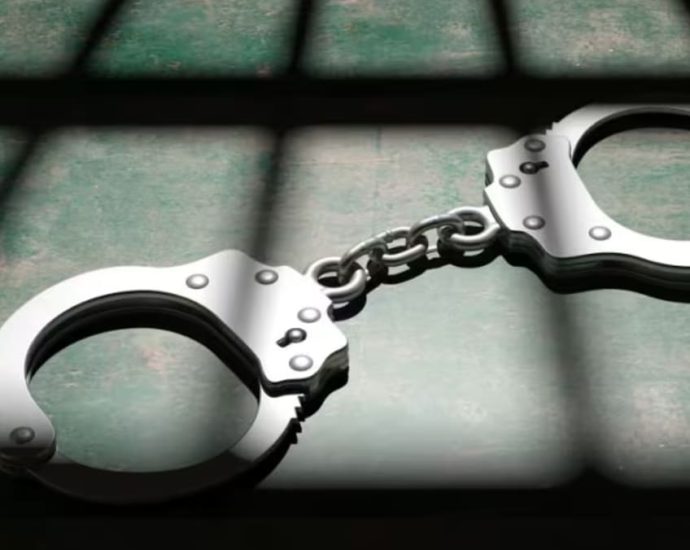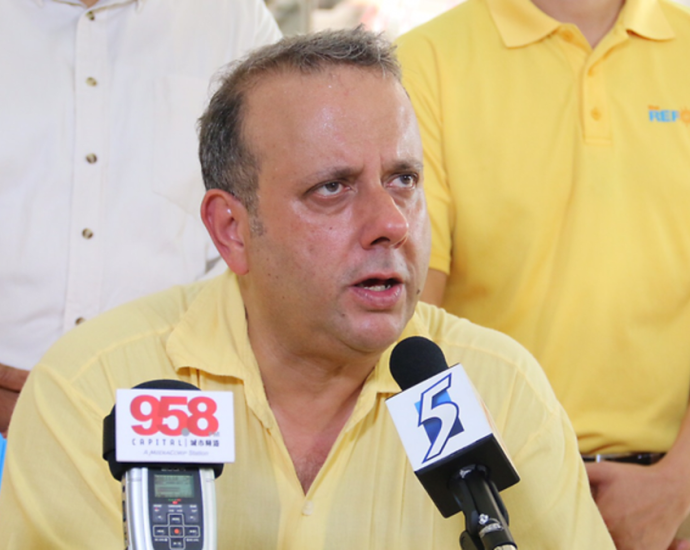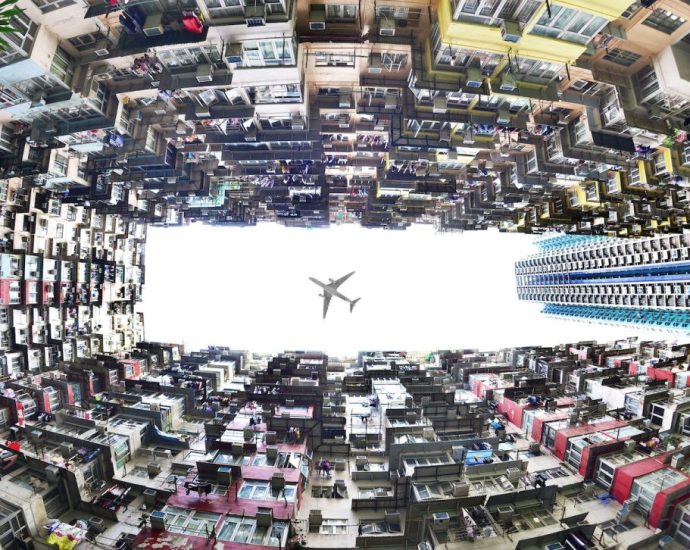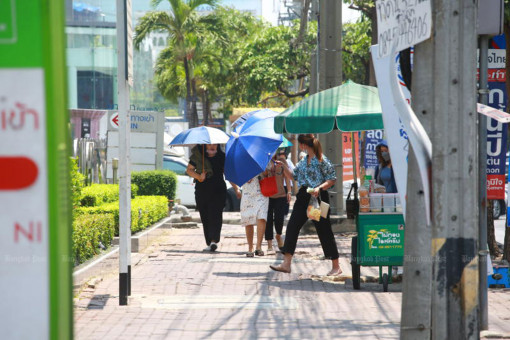Democrats won’t mention Thaksin in censure debate
Deputy leader says focus should be on government economic performance instead

The opposition Democrat Party says it won’t mention the treatment of former prime minister Thaksin Shinawatra as an inmate during the next censure debate because it is not directly related to the government’s job performance.
Key economic issues such as the lack of progress in the government’s much-hyped digital wallet programme are of more immediate relevance, Democrat deputy leader Chaichana Detdecho said on Thursday.
“We may not talk about the illness of Thaksin because Thaksin is the affected party,” said the Nakhon Si Thammarat MP. “He returned home and reunited with his family. The issue came to an end. All the rest concerns the justice system.
“Today society has no doubts about Thaksin but wonders if there are double standards. … I would like to ask the director-general of the Department of Corrections to give a clear answer.”
Mr Chaichana said the party expected a censure debate to take place before the end of the current House session in April. The Democrats intend to discuss the digital wallet scheme and the government’s announced policies to raise the minimum daily wage and salaries of graduates. The government has not realised those policies, he said.
Nine months ago Prime Minister Srettha Thavisin told the public that his government would give a 10,000-baht digital money handout to people aged over 16 years, and that it would not seek a loan to fund the 500-billion-baht programme.
Since then, he said, almost no progress has been made on the digital wallet scheme. It is now expected to begin in May at the earliest, and the government has said it would need to borrow the money needed to pay for it.
As well, Mr Chaichana said, the government has not realised its promise to raise the minimum daily wage to 600 baht and increase the minimum salaries of workers with bachelor’s degrees degrees to 25,000 baht.
The Pheu Thai Party in fact promised an increase in the minimum wage to 600 baht a day by the end of its term in 2027. It aimed to raise the wage to 400 baht by the end of 2023 but that sum was deemed unrealistically high by the independent national wage committee.
“I think that in a censure debate, we should criticise the performance of the government,” Mr Chaichana said.
The Senate is planning a general debate without a vote on the government’s work performance from 9am to midnight on March 25, Senate Speaker Pornpetch Wichitcholchai said this week.
Thaksin, 74, was paroled on Sunday after spending six months at Police General Hospital. He never spent a single night behind bars.
When he returned to the country after 15 years of self-imposed exile, he was sentenced to eight years in jail in connection with offences dating back to his time in office prior to 2006. Later the term was reduced to one year due to a royal pardon.
He was eligible for parole this month because he is old, seriously ill and had already served at least half of his term, corrections officials said.
However, public scepticism persists about the nature and extent of Thaksin’s illnesses, and whether he received special treatment.
Move Forward Party leader Chaithawat Tulathon said last week that he was aware of only three cases in which a prisoner was allowed to spend more than 120 days in a hospital outside the prison system. Thaksin was one, and the other two were mentally ill, he said.

No progress has been made on the government’s showcase digital wallet stimulus scheme, says Democrat Party deputy leader Chaichana Detdecho.


